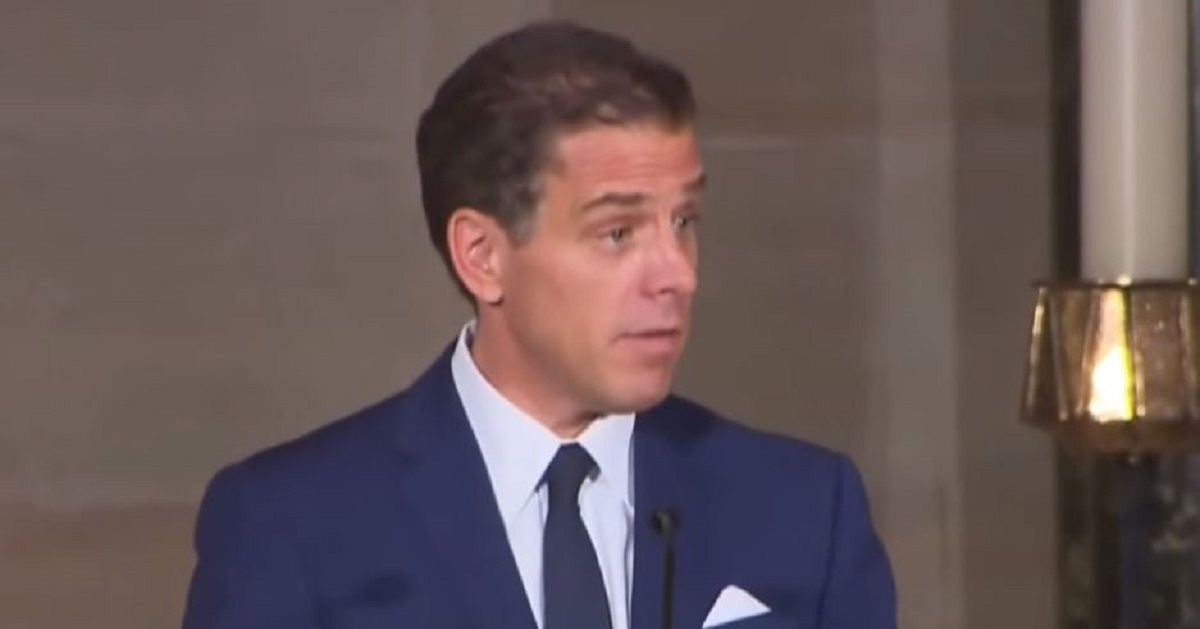DANIEL VAUGHAN: Takeaways From The 2025 Off-Year Elections
It is eternally difficult to project forward from special elections and accurately predict the future. The turnout mix is different from midterm and presidential years, and local issues can skew the border picture. So we're not projecting forward to 2026, but we can draw some lessons.
The first is that this was a good election for Democrats. Admittedly, this was on good ground for them. The big races in Virginia, New Jersey, and New York City are the kinds of locations where coastal Democrats can flex their muscles more than in the rest of the country, especially swing states.
But as is worth noting here, Republicans can't fall back on "these were blue states" as a fallback plan. The states involved are important—New Jersey, Virginia, and New York City are not Wisconsin, Michigan, or Pennsylvania—but we also have to look at numbers and margins.
To that end, three things immediately jump out on the numbers. In Virginia, the polls were slightly accurate, but wrong about the number. The final RealClearPolitics average for the race had Spanberger winning by 10.2 points, and she's going to end up with around a +14 point lead for Democrats. That's a sizable shift from Glenn Youngkin's victory four years ago under Biden, and continues Virginia's trend of moving against the party in power on the federal level.
That's a slight over-performance by Spanberger, and follows the steady lead she held throughout the race.
But while that's slight, the polls were shockingly off in New Jersey. Final polls in the Garden State showed Democrats holding onto a slim 3.3-point lead in the RealClearPolitics average. Mikie Sherrill is going to win that race with a number closer to 13-14 points (I'm writing with results still coming in). New Jersey is going to go down as a double-digit polling miss—shockingly off in favor of Democrats.
My working theory on this race, and the Jay Jones race in Virginia, is similar. Both Jones and Sherrill were dogged by controversy and scandal throughout the race. Naturally, this hurt both of them in the polls. However, on Election Day, Democrats "came back home" on both of them and put them over by sizable margins.
In 2016, it was fashionable to talk about the "silent Trump" voter. These were the people who were going to vote for Trump and wouldn't tell pollsters, or were lying to pollsters about their intentions. In the case of Sherrill and Jones, we're seeing the reverse. Political polarization being what it is, and no one is changing their minds on their party despite scandals anymore, scandals aren't carrying the same weight.
If this point is true, and continues to be true next year, keep a close eye on the Maine Democratic primaries with Graham Platner, who is embroiled in controversy over his Nazi tattoo and bizarre beliefs on social media boards. If Democrats in New Jersey and Virginia are going silent to pollsters on Jay Jones and Mikie Sherrill, they could do the same with Platner and his Nazi-linked issues in Maine.
I can already hear my Democratic friends screaming at me about "We're just doing what you guys did with Trump!!!" And that's a fair point, Trump has surely seen more scandals than anyone in recent history. But if you're acting like Trump-supporting Republicans, it sort of destroys the talking point among Democrats that Trump is a unique threat to democracy. Jay Jones texting about murdering Republicans, and Graham Platner is trying to explain away Nazi tattoos - those seem like troubling candidates to "defend democracy" if you ask me.
I digress.
The final race worth noting is the New York City mayoral contest. This is the only race where the pro-Democratic wave results aren't continuing. Zohran Mamdani had a final average of 14.3 points in the RealClearPolitics average. However, his Election Day results are going to show around an 8-9 point advantage, meaning he's the only one to underperform.
That's a red flag if you're on the far left, among socialists. Spanberger and Sherill ran normal-looking campaigns, trying to appear moderate, even though their beliefs didn't match that image. Mamdani did nothing like that and underperformed. In fact, his underperformance is matched as much by Cuomo overperforming, which I didn't think would happen in this race. That's not Cuomo's M.O.
Notably, not all Democrats are campaigning with, endorsing, or even acknowledging Mamdani. This will be the big split among Democrats in 2026 - which kind of candidate makes it through the primary? One type underperforms, the other overperforms. That will matter on Election Day.
One final takeaway for Republicans is a red flag. The reason you can't say this was a "blue state" phenomenon alone is that one race in Georgia signals trouble ahead. Georgia held a special general election for Public Service Commissioner 2, which was a statewide race. The Republican is going to lose by around +24 points.
You can partially chalk that result up to Republicans not turning out in an off-year with no headliner. But it's also a statewide race in Georgia, and it shouldn't be that far apart. I happen to know the Republican who ran, Tim Echols, and he's served the state well for a long time. That's a shock.
We'll have to dig into the exit polls and stuff after the races are all over at a later time. But this was a good result for Democrats, with the usual caveats of this being a weird off-year election in Democratic-leaning states.
Democrats will use these races to claim they have a new mandate to oppose Trump. Republicans will, correctly, counter that we're only a year removed from the 2024 races where all this got decided, and Trump's only 10 months into his second term.
Either way, the shutdown likely ends soon, and the march towards the midterms begins.






